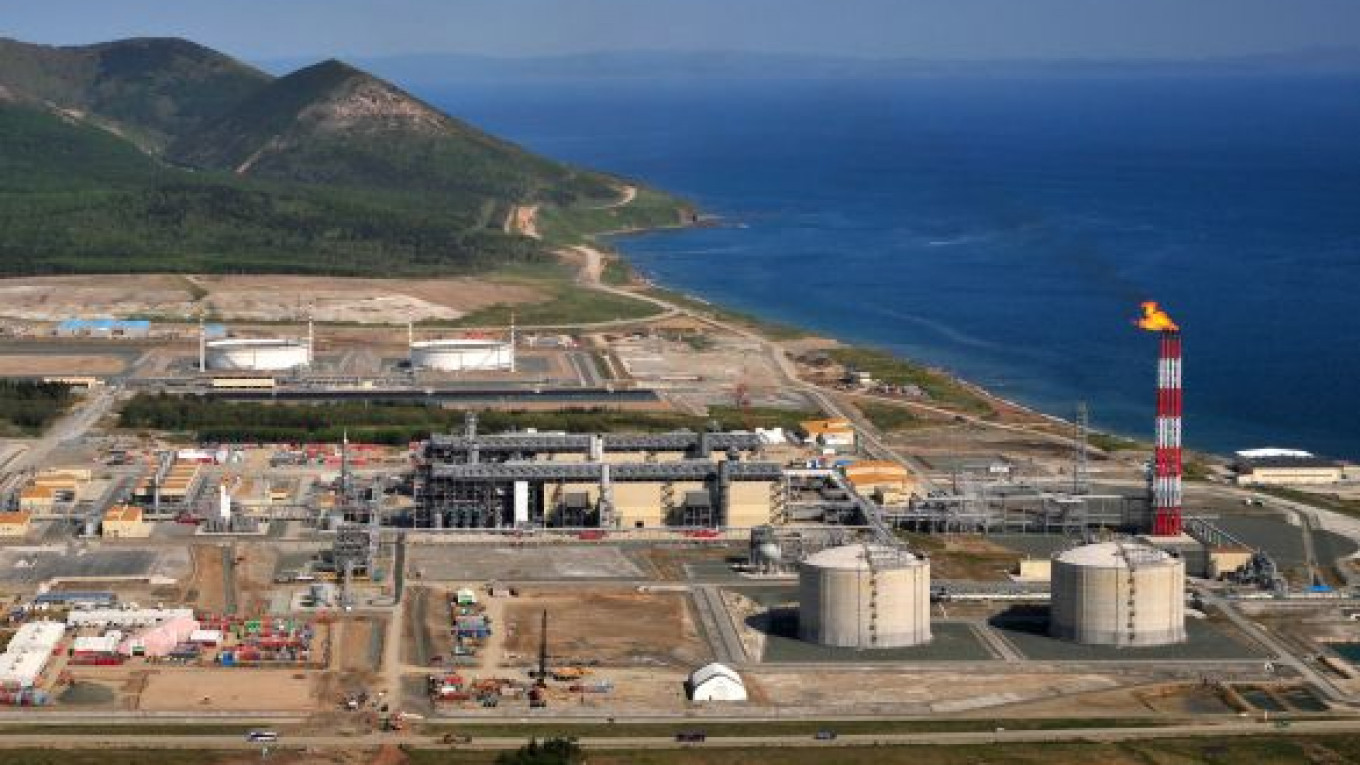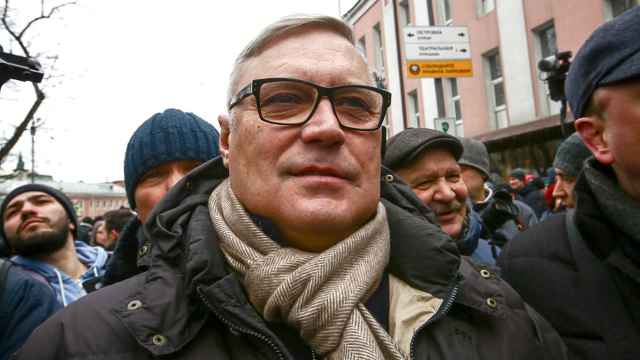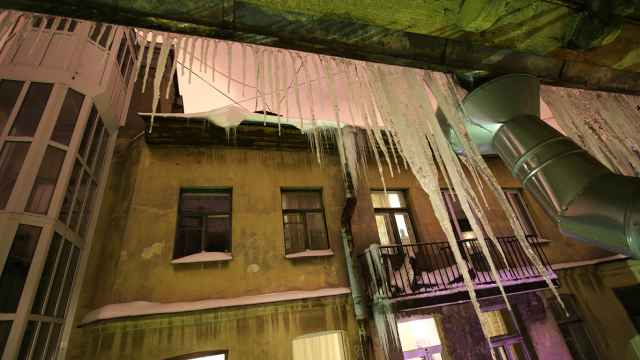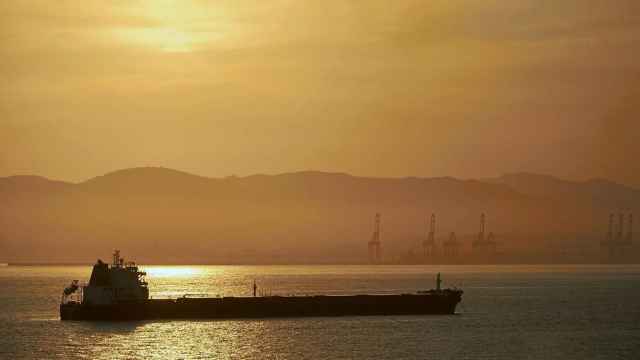Gazprom and a consortium of Japanese companies are poised to sign an agreement on the construction of a liquefied natural gas, or LNG, plant in the Far Eastern port of Vladivostok, Gazprom sources told Reuters on Tuesday.
The document could be signed during the Asia-Pacific Economic Cooperation summit in Vladivostok on Sept. 8 and 9 after Gazprom finally shelved its long-mulled plans to launch an LNG project on the back of the huge Shtokman gas field in the Barents Sea.
The Shtokman project was derailed by sagging demand for the fuel in Europe and the speedy development of shale gas deposits in the United States, which had been viewed as a primary export market for Shtokman.
Gazprom will now secure a preliminary agreement to build the Vladivostok plant with Itochu Corp and Japan Petroleum Exploration, sources at the Russian state-run company said.
Japan requires additional sources of energy after the Fukushima nuclear plant disaster in March 2011. Japan is the world's largest LNG consumer, accounting for almost a third of the global frozen gas utilization.
Gazprom, meanwhile, is facing stiff competition from Qatar and Australia in the fast-growing LNG market, and the company is trying to diversify supply routes away from Europe, its traditional market for pipeline gas.
Japan's Nikkei news agency reported earlier that Ichiro Takahara, general director for the Agency for Natural Resources and Energy, and Alexei Miller, head of Gazprom, are expected to sign the Vladivostok memorandum, with the attendance of Japan's Prime Minister Yoshihiko Noda and Russian President Vladimir Putin.
The companies have yet to work out the details for the plant, which is expected to have annual output of 10 million tons, doubling Gazprom's LNG capacity. According to JP Morgan projections, global demand for LNG will reach almost 370 million tons by 2018, against 250 million tons last year.
Russia currently has only one LNG plant, on the Pacific island of Sakhalin, which Gazprom operates jointly with Shell.
According to some estimates, investment required for the new plant's construction could be in the region of $7 billion.
Related articles:
A Message from The Moscow Times:
Dear readers,
We are facing unprecedented challenges. Russia's Prosecutor General's Office has designated The Moscow Times as an "undesirable" organization, criminalizing our work and putting our staff at risk of prosecution. This follows our earlier unjust labeling as a "foreign agent."
These actions are direct attempts to silence independent journalism in Russia. The authorities claim our work "discredits the decisions of the Russian leadership." We see things differently: we strive to provide accurate, unbiased reporting on Russia.
We, the journalists of The Moscow Times, refuse to be silenced. But to continue our work, we need your help.
Your support, no matter how small, makes a world of difference. If you can, please support us monthly starting from just $2. It's quick to set up, and every contribution makes a significant impact.
By supporting The Moscow Times, you're defending open, independent journalism in the face of repression. Thank you for standing with us.
Remind me later.






